MANAGEMENT OF LAYERS
Maximum hen-housed egg production with fair egg size, feed efficiency and minimum mortality are the prime goals of layer farming. Beside good genetic make up of bird, management during laying plays an important role to achieve the above-mentioned targets in egg production. Following are the vital aspects of efficient layer management:
Segregation and Transfer of Pullets
Ready to lay pullets should be shifted from grower to layer sheds around 16 to 18 weeks to allow 1 to 2 weeks adaptation period before laying starts. During pullet rearing it is quite possible that inspite of providing highly suitable management facilities, some pullets may lack in size and development of body. In real sense, genetics itself allows one to two per cent culling. Such underdeveloped pullets should be segregated while transferring them to layer sheds and be housed in separate compartments of cages or sections of house in case of deep-litter, to allow them to avail extra nutrition to achieve normal standard of growth. These segregated pullets are fed 2 per cent extra protein along with the additional minerals and vitamins including liver tonics to gain normal growth within 3-4 weeks. The pullets which are blind, crippled, emaciated, injured, and infected are discarded at the time of shifting.
Floor, Feed and Water Space
Floor space of 1800 to 2200 cm2 per bird on deep-litter and 337 to 375 cm2 per bird in cages is recommended for layers. Breeders are provided with little higher space of 2300 to 2700 cm2 depending on size of birds. About 12 to 15 cm linear feeder space and 2.5 cm water space per bird is adequate during laying. On deep-litter system one laying nest for every 4 to 5 hens with perch at entrance is provided for comfortable laying and clean egg production. Inadequate management facilities leads to reduced egg production and feed efficiency; increased disease incidence and mortality and sometimes cannibalism also.
Temperature in Layer House
The comfortable temperature for optimum laying ranges from 18.3 to 21.5°C (65°-70°F). Both higher and lower temperature affect the egg production and quality of eggs adversely. Egg production starts declining when temperature rises more than 27°C while egg size starts reducing from temperature of 24.5°C onwards only. The higher temperature in general is more harmful to birds than lower temperature. The effects of cold whether become more prominent when temperature drops below 12.8°C.
Supply of Artificial Light
From 21 weeks onwards, the layers should be provided with artificial light, starting with total 14 hours duration and gradually (1/2 hour/ week) be increased to reach to 16 hours and kept constant upto 42 weeks of age.
At the age of 43 weeks it is again gradually increased to 17 hours. The day length is considered to be 11 hours in winter and rainy season while 12 hours in summer season for providing total light. The total artificial light may be divided equally in morning and evening.
The appropriate lighting schedule stimulates egg production by 4 to 6 per cent, while irregularities in lighting can cause drop in egg production. The intensity of light at birds eye level is important to stimulate egg production, which is 0.9 to 1.2 foot candle. A bulb of 40 watts with reflector hanged at height of 2.2 m above floor level for 3.5 m2 floor space, provides correct intensity. But the bulbs must be cleaned for dirt periodically (once in 15 days) for bright illumi-nation. Layers should never be exposed to reduced light schedule which lowers down production considerably.
Breeder management is similar to layer management except their diet contains extra protein, Mn and Vitamin E to ensure desired fertility and hatchability. Breeder males and females should be reared separately from day-old age, which ensures uniformity in growth, reduces culls and gives better production during laying.
Reducing Stress
Factors such as vaccination, medication specially antibiotics, disease outbreaks, improper and restricted feeding, extreme weather changes, starvation, high production and shifting from one to another house induces stress in chickens. This results in drop in egg production, poor growth and increased susceptibility to diseases. Administration of electrolytes, vitamins, minerals, controlling effects of weather changes helps to reduce or combat the stress on birds.
Feeding and Watering
Not only the quality but quantity and methods of feeding adopted also play an important role in making profits from layers. The chickens like white leghorn layers should consume about 105-110 gm of feed/day/bird, while dual purpose breeds like RIR, Newhampshire, etc. will eat around 115-120 g/day/bird on an average. Higher or lower intake less than recommended requirement indicates impairment in quality of feed or stress/disease condition which should be corrected accordingly. Minimum two feedings should be followed to avoid staleness and wastage of feed. All mash or pallet feeding is good method of feeding to achieve optimum performance of layers.
Birds should be provided fresh, clean, cool and potable drinking water all the time. As a thumb rule bird drinks 2.5 to 3 times of water of feed consumed depending on season and size of birds.
Vaccination
From 42 weeks of age onwards, every 3 months, layers should be vaccinated lasota vaccine through drinking water to boost up immunity and to maintain proper titre levels of antibodies against Ranikhet disease. Automatic vaccinator is being used nowadays
Culling
It is one of the constant and important operation to be practiced at- least bimonthly to improve economy of farming and to remove focus of infection.
Record Keeping and Analysing
Relevant record keeping of feed intake, egg production, vaccination, medication, mortality, culls, receipts and expenditure and periodical analysis of them helps in correcting mistakes and improvement in management to increase profitability.
Housing
The layer houses should be well-ventilated, reasonably cool in summer and warm in winter but free from drafts. The open-sided poultry sheds which are popular in our country, fulfills above requirements with specific management in summer and winter. They are cheap for construction and easy for maintenance also.
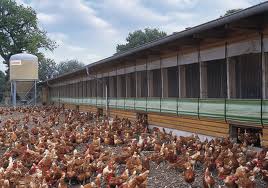
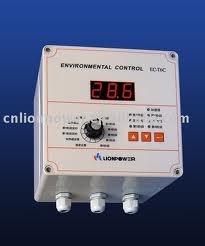
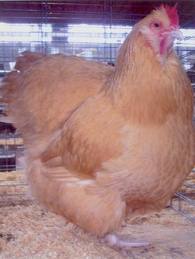
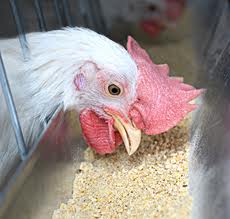
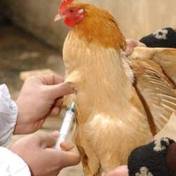
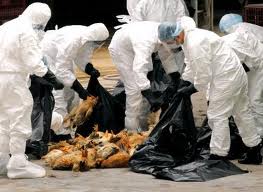
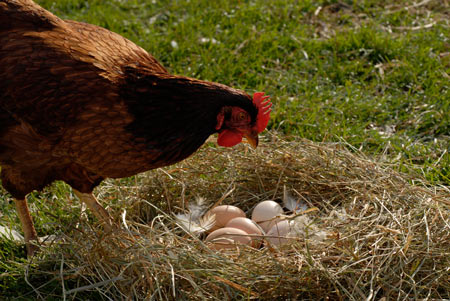
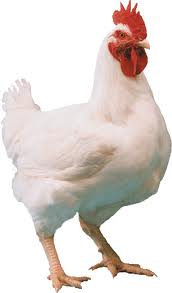
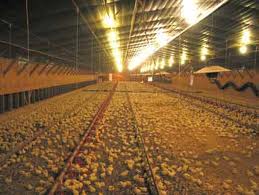

i would be very grateful if you will tips on how to manage day old chicks and laying birds,because in very interested to venture in to the poultry business
please read the following article for brooding and rearing of baby chicks
https://thepoultryguide.com/brooding-chicks/
Dear Farhan
We started layer with some 10000, and in 5th week now.Is it possible to think produce feed by our own feed mill ?
Can we get good quality as compare we are using as routine available in market with some price diffrence ?
Reg
Nadeem
yeah! i agreed the feed avaialble in the market is not so good and also costly,before starting ur own production of feed u should understand the nutrition requiremets of layers and the ingredients of feed which are needed,u can read the following article
https://thepoultryguide.com/feed-and-nutrition-for-layer/
https://thepoultryguide.com/poultry-nutrition-guide-for-backyard-chicken/
I wish to have second hand equipment to continue my farm and make it modern.I wish to know the composition of feed to of feed to reform layer birds.how many eggs approximately a chick can lay in a laying cycle.
Thank you Sheikh for your up dates in poultry. I would like to get the latest up-date on Layers farming through this e-mail please